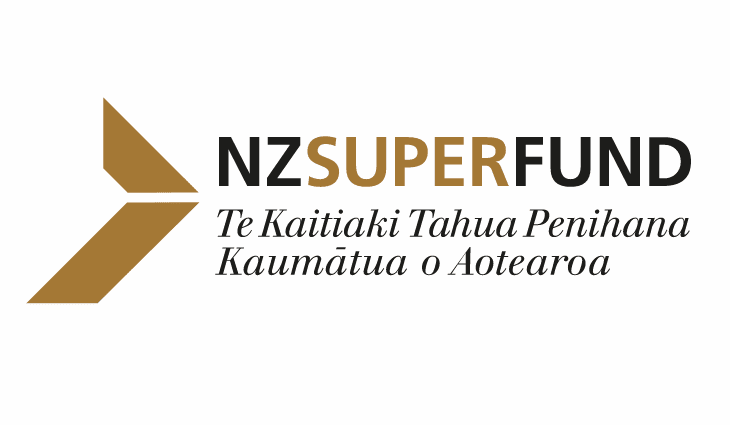NZ Super Fund continues to increase re/insurance linked investments, including in cat bonds

The New Zealand Superannuation Fund (NZ Super Fund), one of the government pension investment providers, has once again grown its investments linked to insurance and reinsurance over the past year, with an increase in allocation evident across all of the strategies it invests in.
The NZ Super Fund first allocated to insurance-linked securities (ILS) in 2010 through Elementum, and has since added Leadenhall Capital Partners on the catastrophe bond and collateralised reinsurance side, as well as life settlements allocations via Apollo Global Management, and a more recent allocation to insurance run-off business through asset manager Carlyle.
As of June 30th, 2021, the total value of the fund’s investments across these insurance and reinsurance linked assets stood at close to NZ $1.6 billion (USD 994m).
A year later, at the mid-point of 2022, this figure has increased to almost NZ $2.2 billion (USD 1.3bn) on the back of the NZ Super Fund lifting its allocation to all of the managers mentioned above, with its allocation to catastrophe bonds rising from NZ $438 million (USD 272m) to NZ $532 million (USD $331m), year-over-year.
The investment in ILS fund manager Elementum Advisors doubled between the halfway stage of 2020 and 2021, to NZ $444 million (USD 276m), and has risen again over the last 12 months to end June 2022 at NZ $537 million (USD 334m).
Similarly, the allocation to Leadenhall Capital Partners rose from NZ $332 million (USD 206m) to NZ $491 million (USD 305m) as of June 30th, 2022.
While unclear, it could be that the increased investment in Elementum has been mostly into a cat bond strategy, as the allocation to the manager has grown by NZ $93 million (USD 58m), while the NZ Super Fund’s allocation to cat bonds has risen by NZ $94 million (USD 59m) in the 12-month period ending June 30th, 2022.
All in all, the value of the Elementum investment accounts for 1% of the total NZ Super Fund assets as at June 30th, 2022, up on the prior year’s 0.7%, while the Leadenhall investment makes up 0.9% compared with 0.6% a year earlier, taking the total for these two managers to 1.9% of total assets as at the end of June 2022.
Allocations into life settlements also rose year-on-year for the fund as its investment into Apollo, which it first added back in 2014, grew from NZ $386 million (USD 240m) to NZ $406 million (USD 253m). While this is growth over the year, it’s still lower than the NZ $422 million (USD 262m) life settlements position held at the mid-point of 2020.
However, as a percentage of total assets, the fund’s life settlement investments remains unchanged, year-over-year at 0.7%.
The Carlyle insurance run-off allocation was valued at NZ $437 million (USD 272) at June 30th, 2021, up from NZ $377 million (USD 234m) a year earlier, and has increased further over the past year to reach NZ $691 million (USD 430m) at the mid-point of 2022.
Growth of NZ $254 million (USD 158m) is strongest of all of the fund’s insurance and reinsurance linked investments, and is reflected in the fact these run-off positions now account for 1.3% of the fund’s total assets as of June 30th, 2022, compared with just 0.7% a year earlier.
So, overall, investments made into insurance and reinsurance related assets made up 3.9% of the NZ Super Fund as at June 30th 2022, which is up on the 2.7% reported a year earlier.
It’s clear from the data that the NZ Super Fund’s appetite for catastrophe bond investments has increased over the past 12 months, while it’s also been willing to grow its participation in the run-off space and life insurance sector through increased allocations.
In October, Artemis reported that the NZ Super Fund initially marked down its catastrophe bond fund investments 9% after hurricane Ian, warning at the time that the range of potential outcomes for its broader ILS portfolio remains “wide”.
View our directory of pension funds and sovereign wealth funds investing in ILS and reinsurance.






